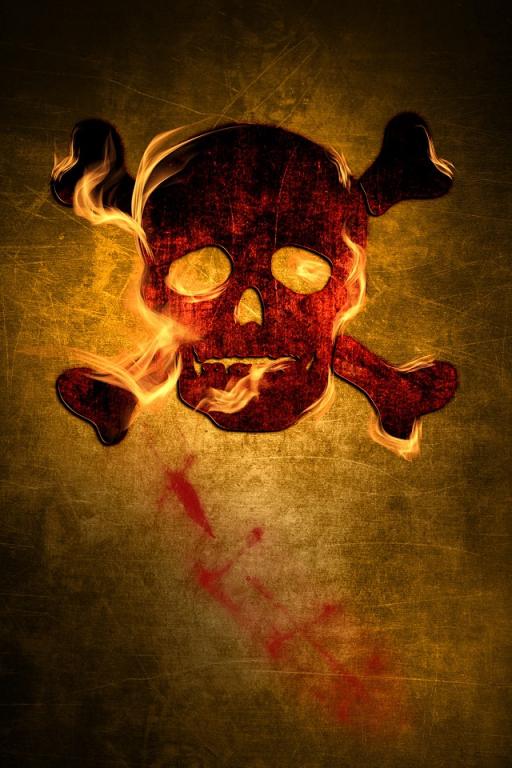When Pope Francis dies, it will mark the beginning of a profound transition for the Catholic Church and the world at large. As the leader of over 1.3 billion Catholics globally, his passing will not only signify the end of an era but also initiate a series of ancient rituals steeped in tradition. Understanding the process that follows such an event is crucial to appreciating the significance of this moment in history.
The death of a pope is more than just a religious occasion; it has far-reaching implications for global politics, culture, and faith. The transition from one pontiff to another involves intricate protocols, solemn ceremonies, and the gathering of cardinals from all corners of the globe. This article delves into the details of what happens when a pope dies, focusing on the specific steps taken during this pivotal time and the impact it has on both the Catholic Church and the broader international community.
Pope Francis' eventual passing will be confirmed by a Vatican doctor and the Camerlengo, or Cardinal Chamberlain, who assumes temporary leadership of the church. During this period, the Vatican observes a nine-day mourning phase known as novendiale, culminating in a grand funeral ceremony typically held four to six days after the pope's death. These traditions have been meticulously preserved over centuries, ensuring continuity and reverence in the face of loss.
Understanding the Transition: From Death to Mourning
When a pope passes away, the Vatican initiates a carefully orchestrated sequence of events designed to honor the deceased leader while preparing for the selection of his successor. The official confirmation of death occurs through a medical examination conducted by a Vatican physician, followed by a formal declaration by the Camerlengo. This solemn act symbolizes the end of one pontificate and the beginning of a new chapter for the Church.
Following the confirmation, the Vatican enters a period of mourning characterized by prayer and reflection. A nine-day novendiale is observed, during which the faithful gather to pay their respects and seek spiritual guidance. This time allows the global Catholic community to come together in unity, reinforcing the bonds that connect them across continents and cultures. It is also a moment for introspection, as the Church prepares itself for the challenges ahead.
Throughout this mourning period, the Vatican remains a focal point of activity. Preparations for the papal funeral are underway, with meticulous attention paid to every detail. The ceremony itself serves as a testament to the life and legacy of the departed pope, drawing thousands of pilgrims and dignitaries to St. Peter's Square. This public display of reverence underscores the deep respect accorded to the office of the papacy and its enduring influence on the world stage.
From Funeral to Conclave: Selecting a New Leader
After the funeral rites are completed, the focus shifts to the election of a new pope. The College of Cardinals, comprising senior members of the Church, convenes in Rome to participate in the conclave—a secretive gathering where they deliberate and vote until a consensus is reached. This process, shrouded in mystery and steeped in tradition, highlights the democratic yet sacred nature of choosing a spiritual leader for the global Catholic community.
During the conclave, cardinals reside within the confines of the Vatican, cut off from external communication to ensure impartiality and confidentiality. They engage in discussions about the qualities and qualifications necessary for the next pope, considering the needs of the Church in an ever-changing world. The voting process continues until one candidate receives the required two-thirds majority, at which point white smoke rising from the Sistine Chapel chimney signals the announcement of Habemus Papam—We have a pope.
The newly elected pope then emerges onto the balcony of St. Peter's Basilica, greeted by cheers from the assembled crowd below. This moment marks the culmination of the transition process, as the Church welcomes its new leader with hope and anticipation. The chosen pope inherits the mantle of responsibility to guide the faithful and uphold the values of the Catholic faith in an increasingly complex global landscape.
Traditions and Modernity: Balancing the Past with the Future
The death of a pope presents an opportunity to reflect on the balance between tradition and modernity within the Catholic Church. While the rituals surrounding a papal transition remain largely unchanged, each pontiff brings their unique perspective and approach to the role. Pope Francis, known for his progressive stance on social issues and emphasis on humility, has set a distinctive tone during his tenure, influencing how future popes might address contemporary challenges.
As the Church navigates this transition, it must consider how best to preserve its rich heritage while embracing innovation and change. The selection of a new pope reflects this delicate equilibrium, as cardinals weigh the importance of continuity against the need for fresh ideas and leadership styles. This dynamic ensures that the Church remains relevant and responsive to the evolving needs of its followers worldwide.
In conclusion, the death of a pope represents a significant moment in the life of the Catholic Church and the broader global community. By understanding the processes and traditions involved in this transition, we gain insight into the resilience and adaptability of one of the world's oldest institutions. Whether through prayer, participation in the conclave, or welcoming a new pontiff, the faithful play an integral part in shaping the future direction of their shared faith.

